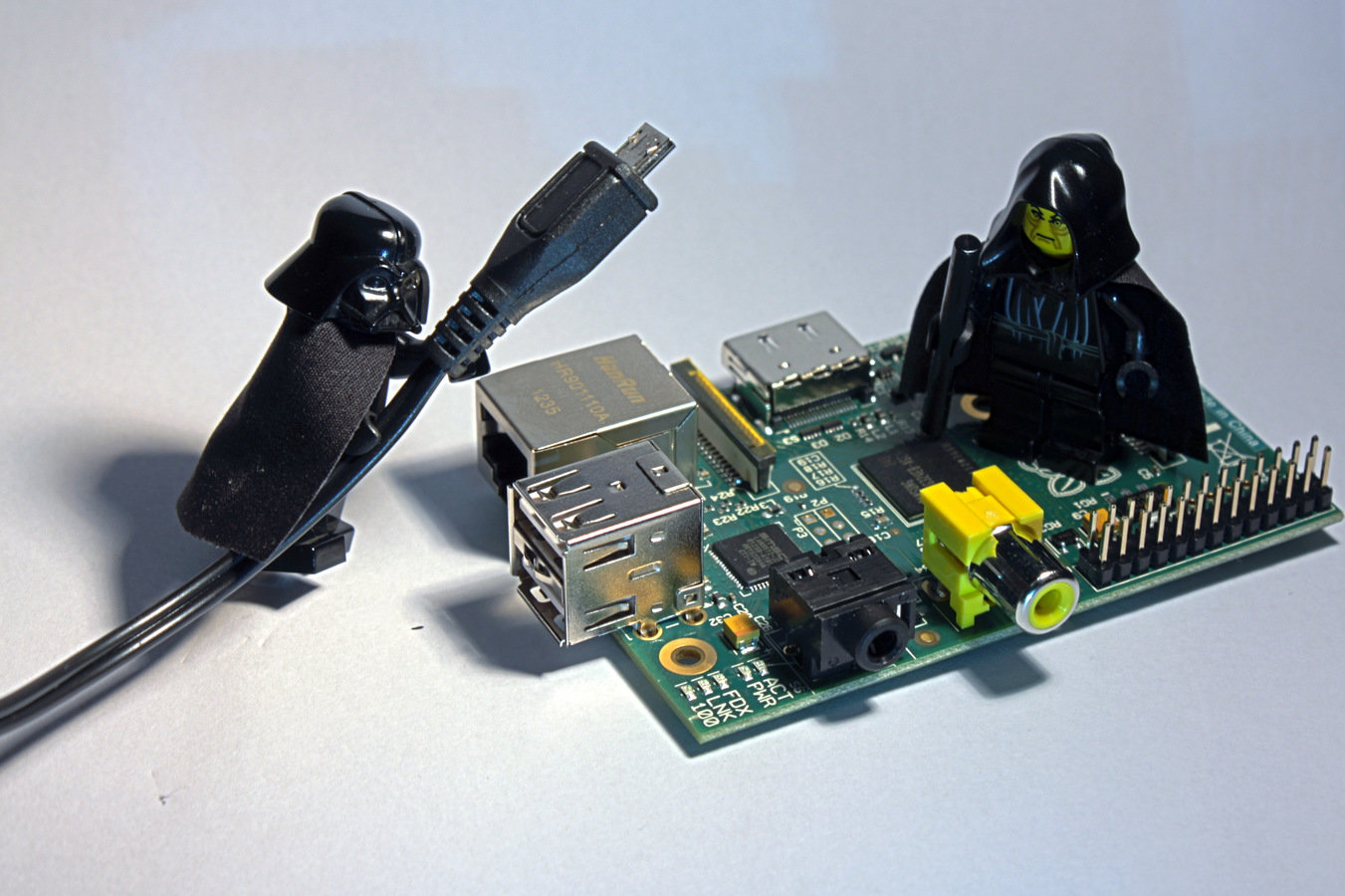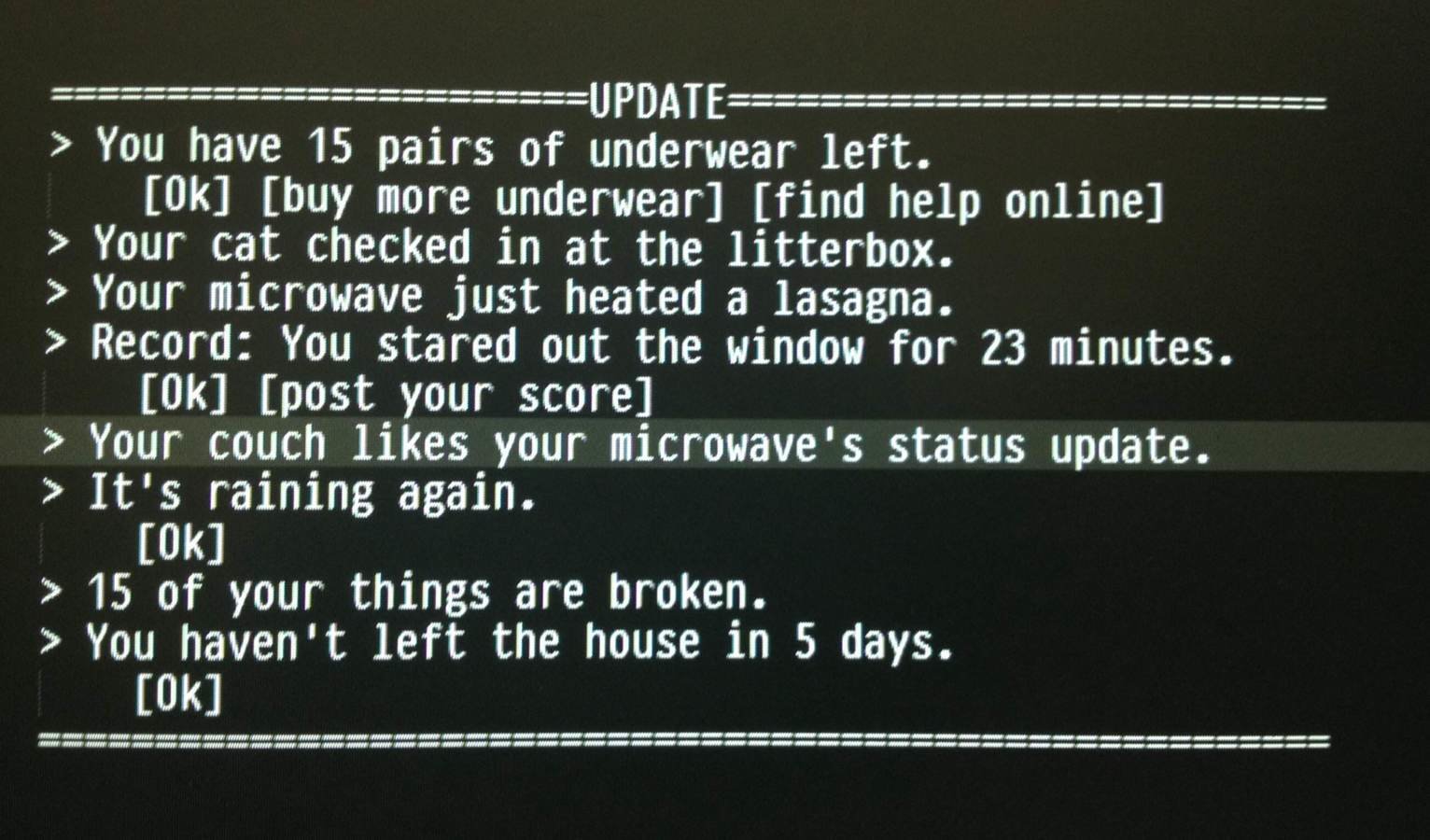Let's Get Physical
with Django
Physical Computing
Building stuff that interacts with the real world.
Internet of Things (IoT)
Sensors + Smarts + Connectivity

"Something, Something, Something, Dark side"
Picamera
# -*- coding: utf-8 -*-
import io
import time
import picamera
def capture_image():
data = io.BytesIO()
with picamera.PiCamera(resolution=(800, 600), framerate=10) as camera:
time.sleep(1) # Camera warm-up time
camera.rotation = 270
camera.capture(data, 'jpeg')
data.seek(0)
return data
REST API
# -*- coding: utf-8 -*-
import base64
from rest_framework import views
from rest_framework.response import Response
from .. import camera
class ImageAPIView(views.APIView):
http_method_names = ['get']
def get(self, request, *args, **kwargs):
data = camera.capture_image()
return Response({
'img': "data:image/png;base64,{}".format(
base64.b64encode(data.getvalue())
)
})Potential?

Why Use Django?
For
- Secure & reliable
- Excellent range of packages
- Prior experience
Against
- Fairly heavy weight
- HTTP vs Real-time
- Needs a full OS*
- Cost
* sort of
Resin.io
- DevOps for Devices
- Is like Heroku or Elastic Beanstalk for physical devices
- Supports:
- Raspberry Pi (1+2)
- BeagleBone Black
- Intel Edison
- ... and others
- Git push to build and deploy to multiple devices
- Monitoring

How it works

Image Credits
- The Death Star 3 - https://flic.kr/p/e19Ud6
- It's raining again - http://omershapira.com/blog/2014/09/its-raining-again/
- How it works - https://resin.io/how-it-works/
Further Reading
Let's get Physical
By Jonathan Moss
Let's get Physical
A quick intro to Physical Computing with Django and a Raspberry Pi
- 540



